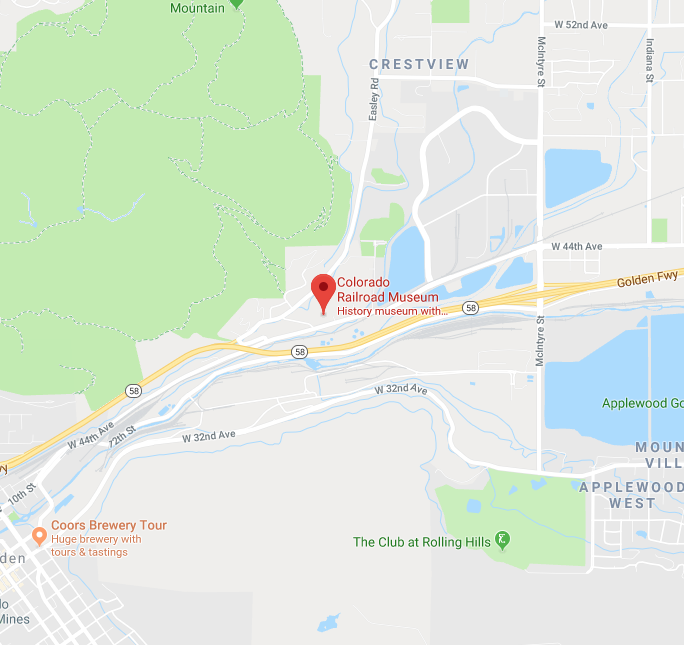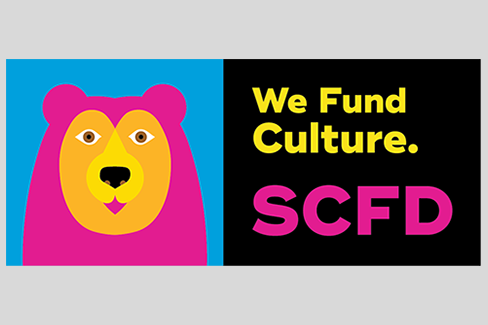1870 The first train from Cheyenne arrives in Denver on June 24, 1870. Two months later, in August 1870, the Kansas Pacific completed its line to Denver and the first train arrived from Kansas.
1880s & 90s Rugged cattlemen and livestock commission merchants attempted several stock shows at the Denver stockyards in the 1880s and again early in 1900, but they were hit and miss promotions until 1906.
1900s Initial meeting of interested Livestock Commission merchants, Stockyards Company Executives, Packers and Cattlemen was held in early December. Site selected was near Denver Stockyards on South Platte River, which is still the location of this annual event.
1906 First show opened on Monday, January 29 and ran for six days. Attendance was estimated at 15,000 with stockmen visiting from Omaha, Kansas City, Chicago and some eastern cities.
There were 50 carloads of feeder cattle, eight loads of fat cattle, seven loads of breeding heifers, 11 cars of fat lambs and five of hogs at the first show.
Street cars, horse drawn carriages and special trains from Union Depot delivered most of the public to the show, which offered free admission.
Name was changed to the Western Stock Show Association, as it is known today. The “not for profit” organization was incorporated on March 10, 1906.
A “monster” 150 x 175 foot tent was manufactured by a local awning company as the venue for the next two Western Stock Shows.
1907 Railroads announce special rates for visitors coming to Denver for the stock show.
Chicago stockyard men use a private car and Chicago livestock commission charter a sleeper to come to the show.
1908 First official Horse Show is operated by the Gentlemen’s Riding and Driving Club of Denver.
1909 Show opened on January 18 in the newly constructed 6,000 seat National Amphitheater, erected for $200,000 provided by the Denver Union Stockyard Company. This building still stands today.
1910s 1912 & 1913 – These were the first bad weather years and resulted in a drop in show attendance, as winter storms limited train travel and visitors from out of state and eastern Colorado.
By 1912, to speed access for the growing number of visitors, a specially surfaced roadway led from downtown to the show grounds with electric lights illuminating the way. On arrival motorists found ample parking space for their machines alongside horse drawn carriages.
1912 Loula Long. This champion horsewoman, daughter of a Kansas City lumber magnate, dazzled audiences and judges at National Western horse shows. After the two-day journey from Kansas City by private rail car, she took up residence in a suite of apartments at the Brown Palace Hotel
In 1913, representatives of the Chicago packing houses arrived by special train and bidding on carloads of breeding stock brought in $1 million in a single record breaking day for western livestock. Stockmen received $2.6 million for their animals at the show.
The crowning point of the 1913 naked baby contest came when winning baby Ethel was treated to a victory lap around the arena held aloft by Buffalo Bill Cody who borrowed a horse for the occasion.
1915 The only year the show was cancelled due to a “hoof and mouth” disease epidemic, which prohibited livestock from crossing state lines.
1920s & 30s The first effects of the Great Depression were felt and lasted through the 1933 show as the National Western marked time in a mode of austerity.
1940s The show was confined to “local” participation because of travel and fuel limitations caused by World War II.
1960s & 70s Animals become more commonly transported by trucks instead of the traditional rail car
2000s A 1904 rail car, donated by the Ben Houston Family, is set in the Stockyards to display how cattle were transported to the Stock Show during its early years.


